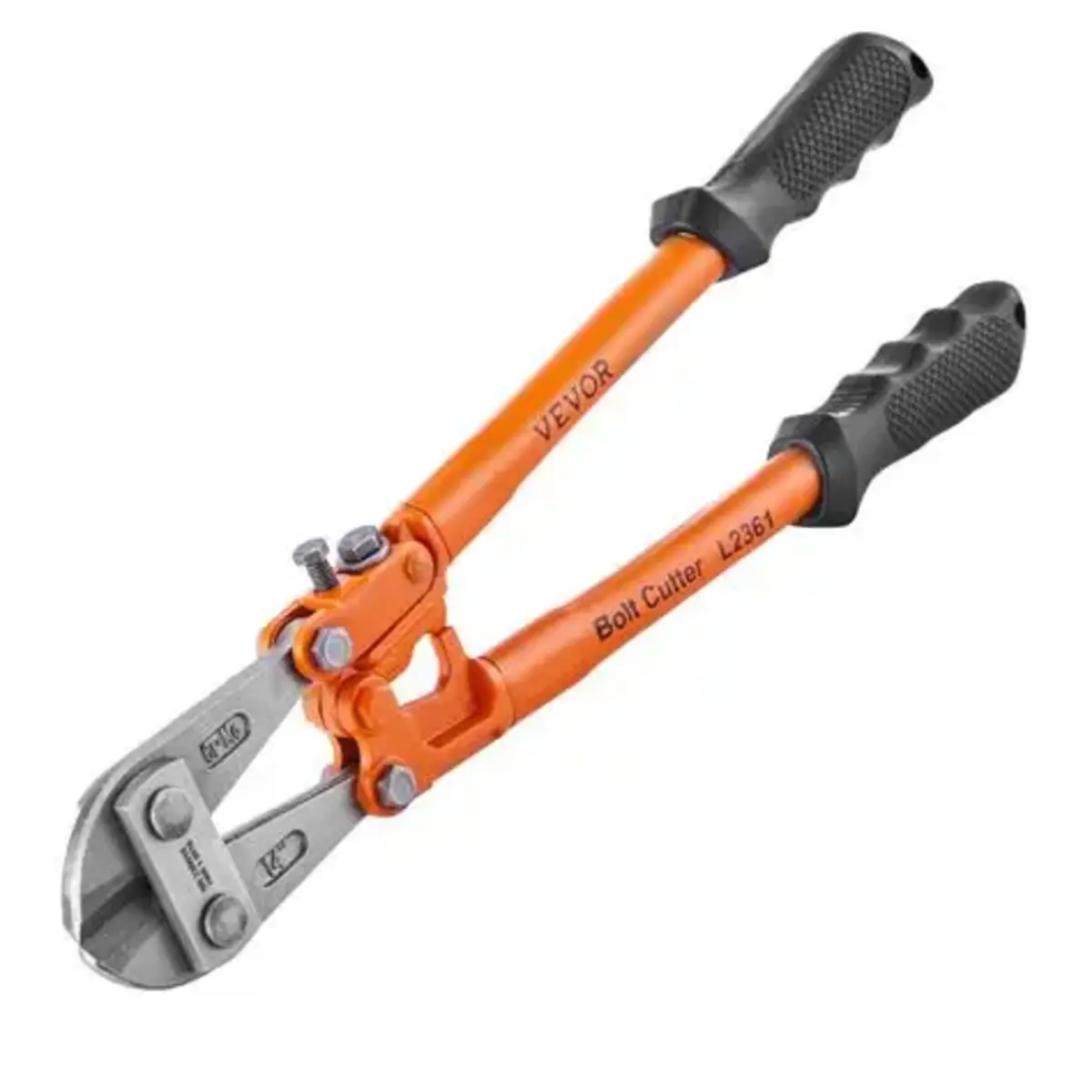When you need clean, powerful cuts through metal rods, chains, bolts, or fencing, few tools match the strength and efficiency of a baut/ bolt cutter. From construction sites to home workshops, bolt cutters are essential for cutting through tough materials quickly and safely. Understanding their design, types, and proper use can help you choose the right cutter for your job and extend its working life.
What Is a Bolt Cutter?
A bolt cutter is a heavy-duty hand tool designed to cut through hard metals using long handles and a compound hinge mechanism that multiplies the user’s force. Despite the name, these cutters aren’t limited to bolts — they’re commonly used for cutting chains, padlocks, wire mesh, rebar, and fencing materials.
In home and building applications, bolt cutters come in handy for dismantling metal structures, cutting reinforcing bars, or trimming heavy-gauge wire. Their versatility makes them a staple in both professional toolkits and DIY setups.
Main Parts of a Bolt Cutter
Every bolt cutter, whether compact or industrial-sized, follows the same basic design. Knowing each part helps you operate and maintain it effectively.
Handles – Long, usually steel handles covered with rubber grips to maximize leverage and comfort. Longer handles (30–42 inches) deliver more cutting power, while shorter handles (8–18 inches) offer portability and control in tight spaces.
Jaws/Blades – The cutting edges, typically made from hardened steel or alloy, designed to withstand pressure and resist dulling. The blade geometry can vary depending on the type of material it’s meant to cut.
Hinge Joint – The compound hinge multiplies the applied force at the handles, allowing the blades to exert far greater pressure at the cutting edge than human strength alone.
Adjustment Bolts – Located near the jaw hinge, these allow fine-tuning of the blade alignment to maintain optimal cutting performance and prevent slippage.
Grips – Usually rubber or plastic-coated to prevent hand fatigue and improve control during cutting.
Types of Bolt Cutters
Bolt cutters aren’t one-size-fits-all. Their jaw styles and handle lengths are designed for specific tasks. Here are the most common types you’ll find in home and construction use:
Center Cut Bolt Cutters
The most versatile and widely used type. The blades are centered and evenly spaced, allowing them to cut through metal on both sides of the material. Ideal for bolts, rods, wire, and chains.
Angle Cut Bolt Cutters
These have jaws angled at about 25–30 degrees, providing easier access to materials lying flat on the ground or in tight corners. Perfect for construction sites where you’re cutting flush against surfaces.
Shear Cut Bolt Cutters
Featuring overlapping blades similar to scissors, these cutters provide clean, precise cuts with minimal metal deformation. Common in electrical and fencing work where accuracy matters.
Clipper Cut Bolt Cutters
The blades are flush on one side, allowing for close, flat cuts. Often used for cutting padlocks, bolts, or rivets where you need a neat finish.
Mini Bolt Cutters
Compact versions for lighter tasks like cutting wires, nails, and small bolts. Ideal for home use and maintenance tasks.
How Bolt Cutters Work
The power of a bolt cutter lies in its compound leverage mechanism. When you apply pressure on the handles, the hinge system multiplies that force through a series of pivots, pushing the jaws together with tremendous cutting power.
For example, a moderate squeeze on a 36-inch bolt cutter can deliver over a ton of force at the cutting edges — enough to slice through hardened steel with minimal effort.
Proper technique matters. Always position the material as close to the pivot as possible, where cutting power is strongest. Use smooth, even pressure instead of jerky motions to avoid damaging the jaws or handles.
Choosing the Right Bolt Cutter
When selecting a bolt cutter for home or construction use, consider:
Material Hardness – Check the hardness rating of what you’re cutting. For hardened steel or thick bolts, opt for a heavy-duty model with heat-treated jaws.
Handle Length – Longer handles increase leverage but reduce portability. Short handles suit smaller, lighter jobs.
Jaw Type – Choose the jaw geometry based on the task — center cut for general use, angle cut for tight spaces, and clipper cut for flush finishes.
Weight and Comfort – Look for ergonomic grips and balanced weight to reduce fatigue during extended use.
Maintenance and Safety Tips
To keep your bolt cutter performing at its best:
- Clean after use to remove metal debris and prevent corrosion.
- Oil the hinge joints regularly for smooth operation.
- Inspect blades for chips or misalignment, and adjust bolts as needed.
- Store in a dry place to protect from rust.
- Wear safety goggles and gloves — cut metal can fly or snap under tension.
Final Thoughts
Whether you’re a builder, a tradesperson, or a homeowner tackling repairs, bolt cutters are a must-have for cutting through tough materials efficiently and safely. Understanding their parts, types, and proper handling helps ensure you get clean cuts, longer tool life, and better results on every job.
